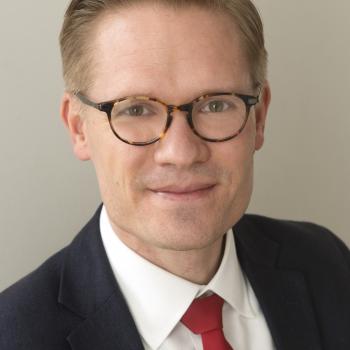News Audience Attention and Engagement on Twitter during the German Federal Election
30 Oct 2017
Which news media drew most attention during the German Federal Election on Twitter? Which one ranked top in terms of audience engagement? These are just two questions that Sílvia Majó-Vázquez, Jason R. C. Nurse, Felix M.Simon, and Rasmus Kleis Nielsen answer in this new RISJ Factsheet. The authors explain how news audience attention took shape on Twitter in the weeks ahead of the polling day and up to the day after this major political event in Europe.
The most important result of the study is that the German main public service media organisations, ARD and ZDF, alongside several weekly news publications figured very prominently on Twitter during the campaign. They all achieved a wide reach and higher levels of audience engagement than other German news providers. According to the authors, these results speak to the importance that quality journalism and video content have for German citizens. “We found that German Twitter users engaged largely with quality journalism from trusted brands across much of the political spectrum”, says Sílvia Majó-Vázquez, the lead author of the study. “We have further noticed that commentary on Twitter as well as tweets containing multimedia content performed particularly well.”
The authors gathered 4.4 million tweets, collected over 36 days in the lead up to the election, and obtained a filtered sample of 729,799 news-related Twitter messages. The sample provides unique evidence to understand the role of German news media outlets on the social media platform.
The main focus of the study to show how the competition between digital-born outlets and legacy media unfolds on Twitter. “Digital-born and legacy media are competing to control the most central positions in the flow of online news in most of the Western media markets, Germany is no exception. How this competition, which is even greater during elections, unfolds on social media platforms is still largely unknown. Our research advances the knowledge in this field”, underlines Majó-Vázquez.

The German people went to polls to elect their next parliament and chancellor on 24 September 2017. On the election day and the weeks preceeding, Germany’s social media was busier than usual. News-related discussions on social media were dominated by the latest announcements from the political candidates and contentious TV appearances to debate on immigration and security policies.
As in previous Europe and US elections, German news information on Twitter also played an important part of the public debate. This study shows that coinciding with increased popular support for far-right parties in Germany, some news outlets with a clear national-conservative political position, including several digital-born brands and one newspaper, generated much more engagement than their posting activity and generally limited audience reach would suggest.
Finally, the study also reveals that despite their offline reach, considerable editorial resources, and historical importance, regional newspapers generate overall very little engagement on Twitter during the German Federal election.
If you want to know which news media was most prominent in commanding Twitter audience attention and which figured at the top of the most active media ranking, keep reading about this new RISJ Factsheet or download it here (including the Annex containing the full list of news media studied).
You can also read the previous study in this series by the authors here: “Digital-born and legacy news media on Twitter during the French Presidential Elections”.
Image credit:
Wolfgang Pehlemann
Creative Commons Attribution-Share Alike 3.0 Unported




